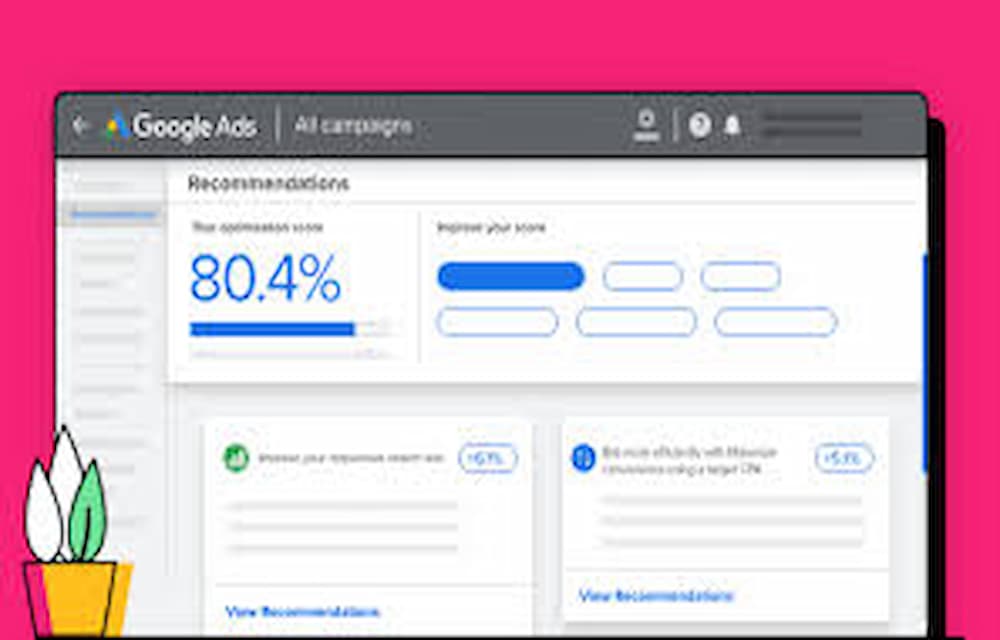Google AdWords, now known as Google Ads, is a powerful advertising platform that allows businesses to reach their target audience effectively. This guide will walk you through the process of setting up, managing, and optimizing your Google Ads campaigns to ensure success. Whether you’re a beginner or looking to improve your existing campaigns, this comprehensive guide will help you navigate the world of Google AdWords.
Why Use Google AdWords?
Google AdWords is one of the most effective ways to drive targeted traffic to your website. Here are some key benefits:
- Targeted Advertising: Reach users based on specific keywords, location, demographics, and more.
- Cost Control: Set your budget and only pay when someone clicks your ad.
- Measurable Results: Track performance and make data-driven decisions to optimize your campaigns.
Setting Up Your Google AdWords AccountCreate a Google Account
If you don’t have a Google Account, you’ll need to create one. This account will be used to manage your Google Ads campaigns.Sign Up for Google AdWords
Visit the Google Ads homepage and click “Start Now.” Follow the prompts to set up your account, providing necessary information such as your business name, website, andl biling details.
Define Your Advertising Goals
Determine what you want to achieve with your Google Ads. Common goals include driving website traffic, generating leads, and increasing sales.
Creating Your First Campaign
Choose Your Campaign Type
Google Ads offers several campaign types:
- Search Network Campaigns: Text ads on Google search results.
- Display Network Campaigns: Visual ads on websites and apps.
- Video Campaigns: Ads on YouTube and other video partners.
- Shopping Campaigns: Product listings on Google Shopping.
- App Campaigns: Promote your mobile app across Google’s networks.
Starting with a Search Network campaign is often the best choice for beginners.
Set Your Budget
Decide how much you’re willing to spend on your campaign. Google Ads allows you to set a daily budget, helping you control costs.
Select Your Target Audience
Define who you want to reach with your ads. You can target users based on:
- Keywords they are searching for
- Geographic location
- Demographic information
- Interests and behaviors
Create Your Ads
Write compelling ad copy that includes a headline, description, and URL. Ensure your ads are relevant to the keywords you’re targeting and include a clear call-to-action.
Conducting Keyword Research
Use Google Keyword Planner
Google Keyword Planner is a valuable tool for finding relevant keywords for your ads. Focus on keywords with high search volume and low competition.
Choose Your Keywords
Select a mix of broad, phrase, and exact match keywords to ensure your ads reach the right audience. Use negative keywords to exclude irrelevant searches.
Organize Keywords into Ad Groups
Group related keywords into ad groups. Each ad group should contain keywords that are closely related and lead to similar ads.
Launching and Managing Your Campaign
Review and Launch
Double-check your campaign settings, ad copy, and keywords. Once everything looks good, click “Launch” to start your campaign.
Monitor Performance
Use the Google Ads dashboard to monitor the performance of your ads. Key metrics to watch include:
- Click-through rate (CTR)
- Cost per click (CPC)
- Conversion rate
- Return on ad spend (ROAS)
Optimize Your Campaign
Based on performance data, make adjustments to your campaign. This can include:
- Adjusting bids for better placement
- Refining keywords
- Testing new ad copy
- Adjusting your target audience
Advanced Optimization Techniques
Utilize Ad Extensions
Ad extensions provide additional information and can improve ad performance. Types of ad extensions include:
- Sitelink Extensions: Links to specific pages on your website.
- Call Extensions: Phone number for direct contact.
- Location Extensions: Address of your business.
Implement Conversion Tracking
Set up conversion tracking to measure the actions users take after clicking your ad. This can include purchases, form submissions, or phone calls.
Conduct A/B Testing
Conduct A/B tests to compare different versions of your ads. This helps you determine which ad copy, images, or landing pages perform best.
Best Practices for Google AdWords
Focus on Quality Score
Google assigns a Quality Score to each of your keywords, which affects your ad ranking and cost per click. Improve your Quality Score by ensuring your ads and landing pages are relevant to your keywords.
Use Negative Keywords
Negative keywords prevent your ads from showing for irrelevant searches, saving you money and improving your ad relevance.
Monitor Competitors
Keep an eye on your competitors’ ads. Analyze their strategies and find ways to differentiate your ads and offers.
Conclusion
Getting started with Google AdWords can seem overwhelming, but by following these steps, you can set up and manage effective campaigns that drive results. Regular monitoring and optimization are key to ensuring your ads continue to perform well. With practice and persistence, you can master Google Ads and achieve your marketing goals.




